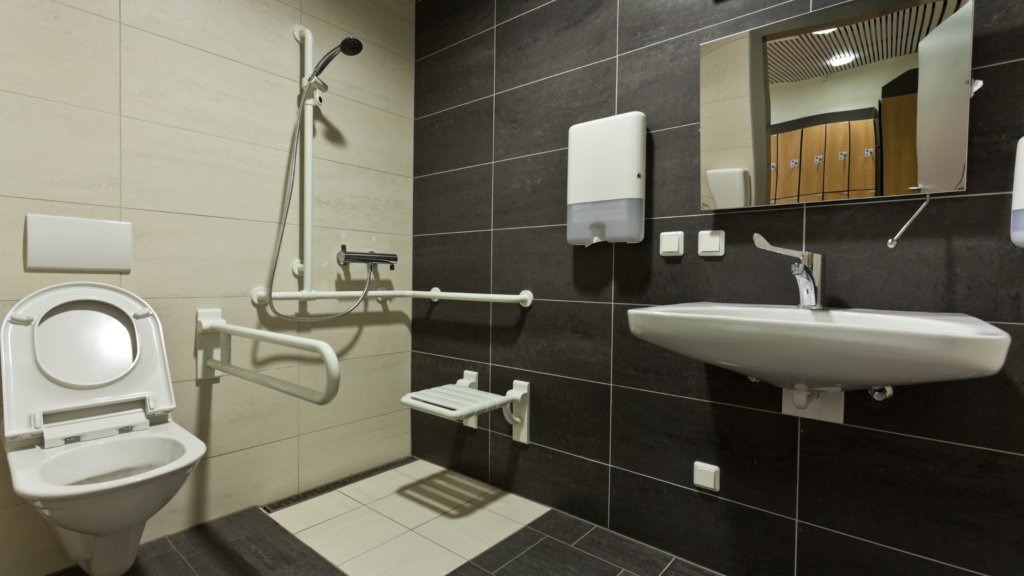
In recent years, the importance of accessibility in public and private spaces has garnered significant attention. Among the many aspects of accessibility, the need for suitable bathroom facilities for individuals with disabilities stands out. Disabled bathroom grants are essential initiatives that aim to fund the renovation and construction of accessible restrooms, ensuring that everyone can use facilities with dignity and ease.
What Are Disabled Bathroom Grants?
Disabled bathroom grants are financial aid programs designed to assist individuals, organizations, or businesses in making their bathroom facilities accessible to those with disabilities. These grants can be provided by government agencies, non-profit organizations, or private foundations, and they help cover the costs associated with necessary renovations. This may include the installation of grab bars, wider doorways, roll-in showers, accessible sinks, and other modifications that comply with the Americans with Disabilities Act (ADA).
Why Are Disabled Bathroom Grants Important?
- Promoting Inclusivity: Accessible bathrooms are crucial for creating an inclusive environment. Many individuals with disabilities face challenges when using traditional restrooms, which can lead to social isolation and embarrassment. By improving accessibility, these grants contribute to a more inclusive society.
- Health and Safety: Accessible bathroom facilities not only promote dignity but also ensure safety. For individuals with mobility challenges, standard restrooms can pose risks of falls or injuries. Grants that fund accessible renovations help mitigate these risks, providing a safer environment.
- Legal Compliance: Under the ADA, all public facilities are required to provide accessible restrooms. Failure to comply can lead to legal issues and fines. Disabled bathroom grants can assist businesses and organizations in meeting these requirements, avoiding potential legal repercussions.
- Quality of Life: Access to suitable bathroom facilities can significantly improve the quality of life for individuals with disabilities. It allows them to participate in community activities, travel, and access services without the constant worry of whether they will be able to find an appropriate restroom.
How to Apply for a Disabled Bathroom Grant
Applying for a disabled bathroom grant typically involves several steps:
- Research: Start by researching available grants in your area. Many local and state governments, as well as non-profit organizations, offer funding for accessibility improvements. Websites like Grants.gov can be valuable resources for finding applicable grants.
- Gather Documentation: Prepare the necessary documentation, which may include proof of disability, project plans, cost estimates, and information about your organization or business.
- Complete the Application: Follow the specific guidelines for each grant application. Pay attention to deadlines and submission formats, as these can vary significantly between programs.
- Implement the Project: If awarded a grant, use the funds to complete the renovations as outlined in your application. It’s essential to adhere to the plans submitted to ensure compliance with grant requirements.
- Report and Feedback: Many grant programs require recipients to submit progress reports or feedback on the project. This information helps grantors evaluate the effectiveness of their funding.
Conclusion
Disabled bathroom grants play a vital role in enhancing accessibility for individuals with disabilities. By facilitating the construction and renovation of accessible restroom facilities, these grants promote inclusivity, ensure compliance with legal standards, and improve the quality of life for countless individuals. As society continues to recognize the importance of accessibility, it is crucial for individuals and organizations to take advantage of these grants, creating spaces where everyone can feel welcome and safe.
Click the link below to find out more!








